- Home
- About
- Hospitals
-
Treatments
- Orthopedic & Spine
- Knee Replacement
- Carpal Tunnel Release
- Rotator Cuff Repair
- Meniscus Repair / Meniscectomy
- Total Hip Replacement (THR)
- Total Shoulder Replacement
- Arthroscopy
- Ligament Reconstruction
- Spinal Fusion
- Discectomy
- Laminectomy
- Spinal Decompression
- Vertebroplasty and Kyphoplasty
- Fracture Repair
- ACL Reconstruction
- Tendon Repair
- Osteotomy
- Amputation
- Pediatric and Adult Cardiac
- Neuroscience
- Oncology
- Nephrology & KTP
- Gastroenterology & Hepatobiliary
- Obstetrics and Gynaecology
- Infertility
- Dental & Maxillofacial
- Plastic & Cosmetic Surgery
- Rhinoplasty
- Blepharoplasty (Eyelid Surgery)
- Facelift (Rhytidectomy)
- Breast Augmentation (Mammoplasty)
- Breast Reduction (Mammoplasty)
- Breast Lift (Mastopexy)
- Liposuction
- Abdominoplasty (Tummy Tuck)
- Brazilian Butt Lift (BBL)
- Lip Augmentation
- Breast Reconstruction
- Cleft Lip and Palate Repair
- Scar Revision
- Burn Reconstruction
- Botox Injection
- Ophthalmology
- Otolaryngology (ENT)
- Endocrinology
- General and Minimal Invasive Surgery
- Pulmonology
- Rheumatology
- Urology
- General Medicine
- Ayurvedic Treatment
- Orthopedic & Spine
- Doctors
- Contact Us
Amputation
Amputation is a surgical procedure in which a
part of the body, typically an extremity (such as an arm, leg, hand, or foot),
is removed. Amputation is performed for various medical reasons, primarily to
treat conditions or injuries that cannot be effectively managed by other means.
The primary goals of amputation are to relieve pain, prevent the spread of
infection, improve the patient's overall health, and enhance their mobility and
quality of life.
Common reasons for amputation include:
Severe Trauma: Amputation may be required when a limb is severely injured or crushed,
making it impossible to repair or restore its function.
Diabetes: People
with advanced diabetes may develop severe complications, such as non-healing
ulcers or gangrene, which can necessitate amputation to prevent the spread of
infection and save the person's life.
Circulatory Disorders: Conditions like peripheral artery disease (PAD) or critical limb
ischemia can lead to poor blood circulation, resulting in tissue damage and, in
some cases, the need for amputation.
Infection: Infections
that do not respond to antibiotics and other treatments can lead to tissue
death, making amputation necessary to prevent the infection from spreading
further.
Tumors: Malignant
tumors or aggressive benign tumors in the bones or soft tissues may require
amputation as part of cancer treatment.
Amputation is typically performed by a trained surgical team and may
involve the following steps:
Preoperative Evaluation: The patient undergoes a thorough evaluation, which may include imaging
studies, blood tests, and a discussion of the patient's medical history.
Anesthesia: Amputation
is performed under general anesthesia or regional anesthesia, depending on the
specific case and the patient's medical condition.
Incision: The
surgeon makes an incision through the skin and muscles around the affected
limb.
Bone and Tissue Removal: The surgeon carefully removes the bone and tissues that are damaged,
infected, or nonviable.
Closure: The
remaining healthy tissues are then shaped and sutured together to create a
stump. The skin is closed over the stump, and any excess tissue is trimmed.
Postoperative Care: After the surgery, the patient will be closely monitored and provided
with pain management and wound care. Rehabilitation and physical therapy are
essential to help the patient regain mobility and adapt to life with an
amputated limb.
The extent of recovery and rehabilitation depends on the location and
level of the amputation and the patient's overall health. For some individuals,
prosthetic devices (artificial limbs) may be recommended to improve mobility
and functionality.
Amputation is a life-altering procedure, and the decision to amputate is
made carefully by a medical team in consultation with the patient. The goal is
to provide the best possible outcome and quality of life for the individual
while addressing the underlying medical condition or injury.
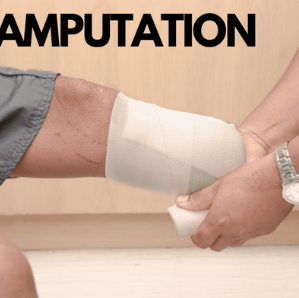


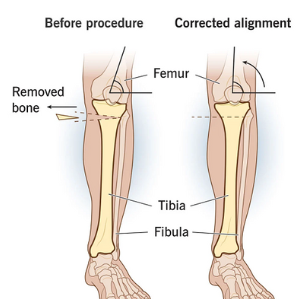

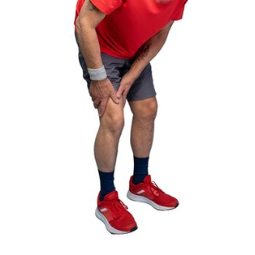
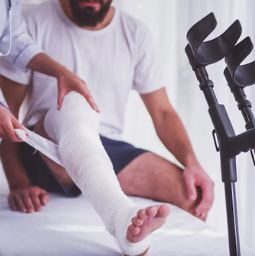
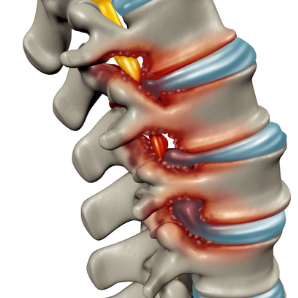
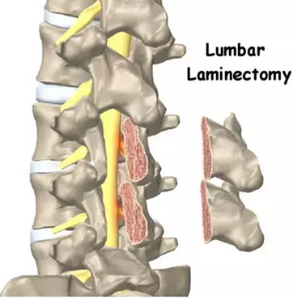
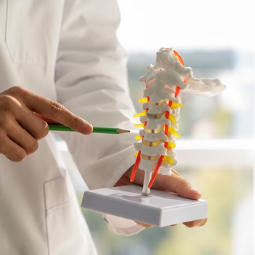
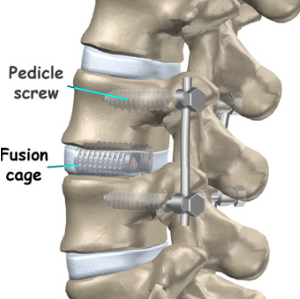
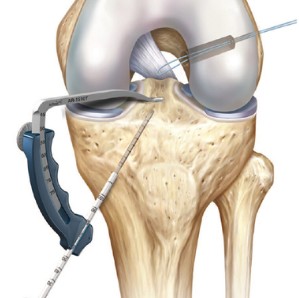
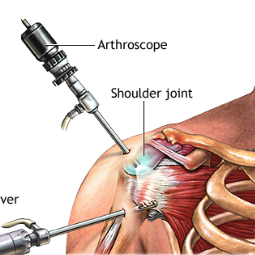
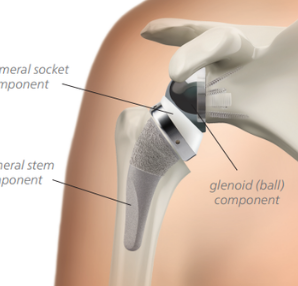
.png)